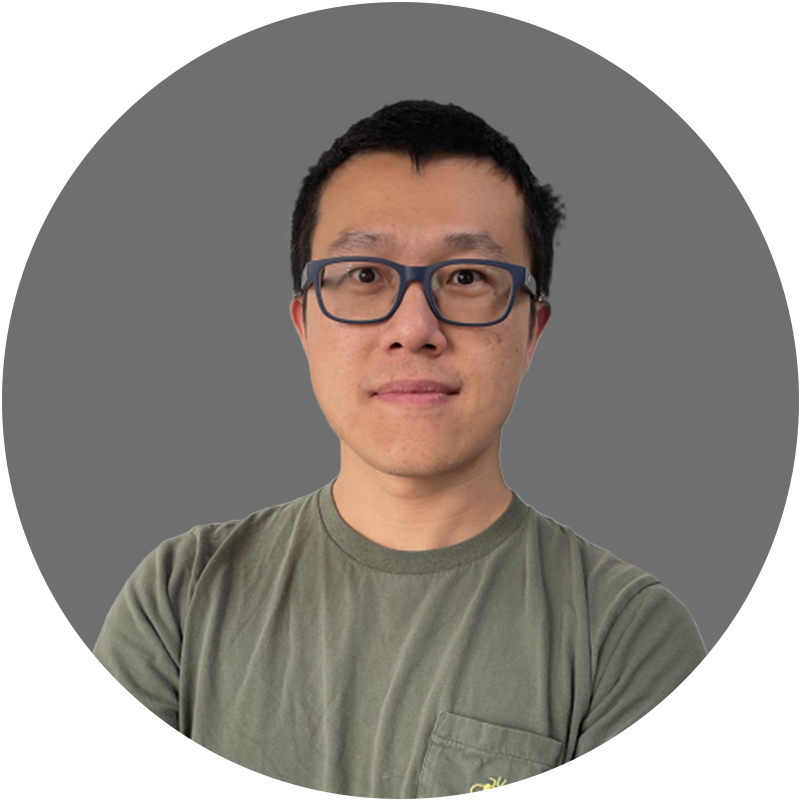Nanotechnology & materials
Yi YANG
Studying free-electron-light interaction at the nanoscale, indicating its huge application potentials for novel radiation sources.

Asia Pacific
Zhijie CHEN
Constructed porous materials with ultrahigh surface areas to store hydrogen and methane.

China
Xiao CHEN
A new method to study the sub-nanoscale local structure of molecular sieves and metal-organic frameworks (MOFs).

China
Yue GAO
Effective regulations of battery interface chemistry using organic materials.

Europe
Elham Fadaly
Photonics research scientist and a laser integration engineer at Apple
